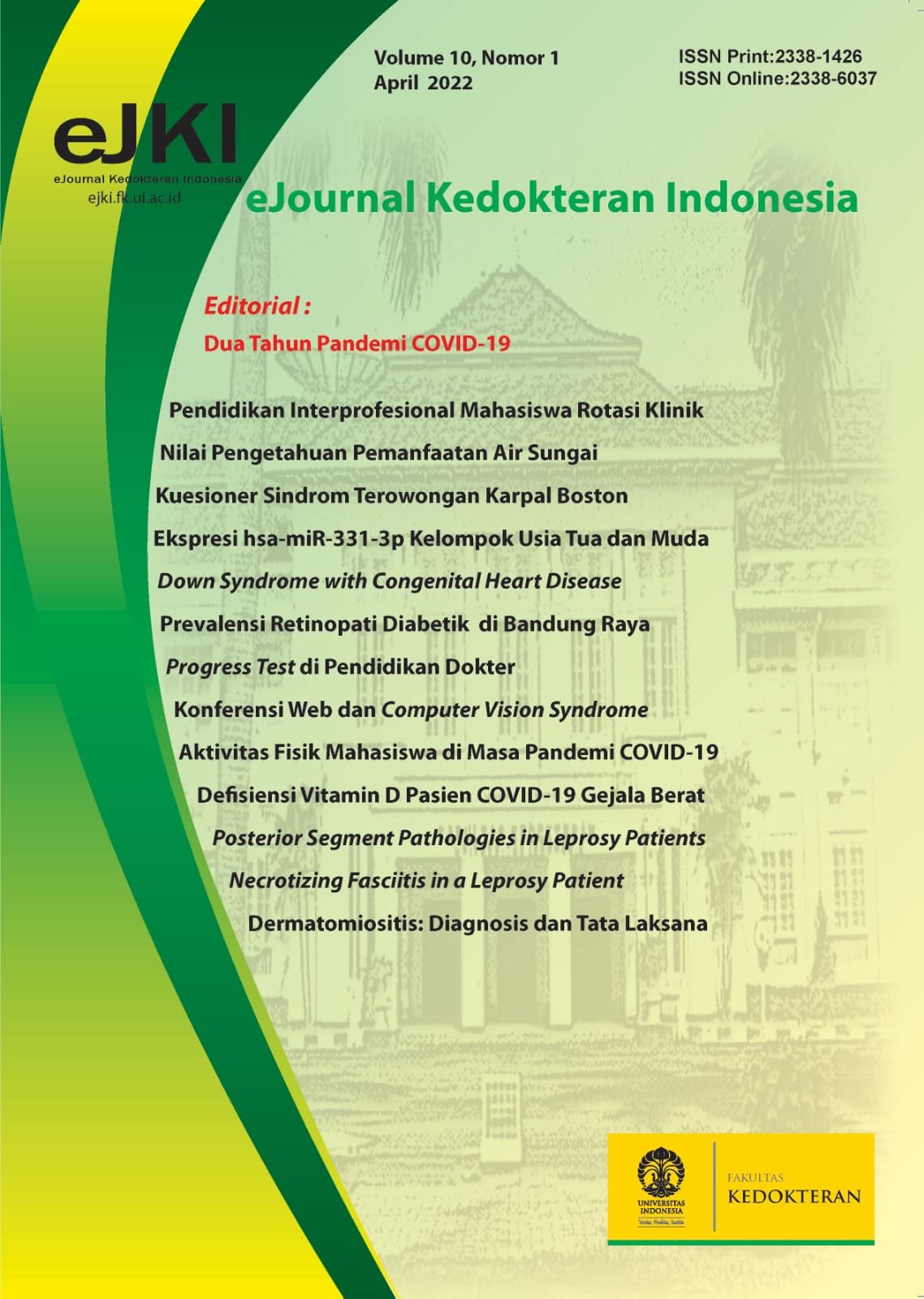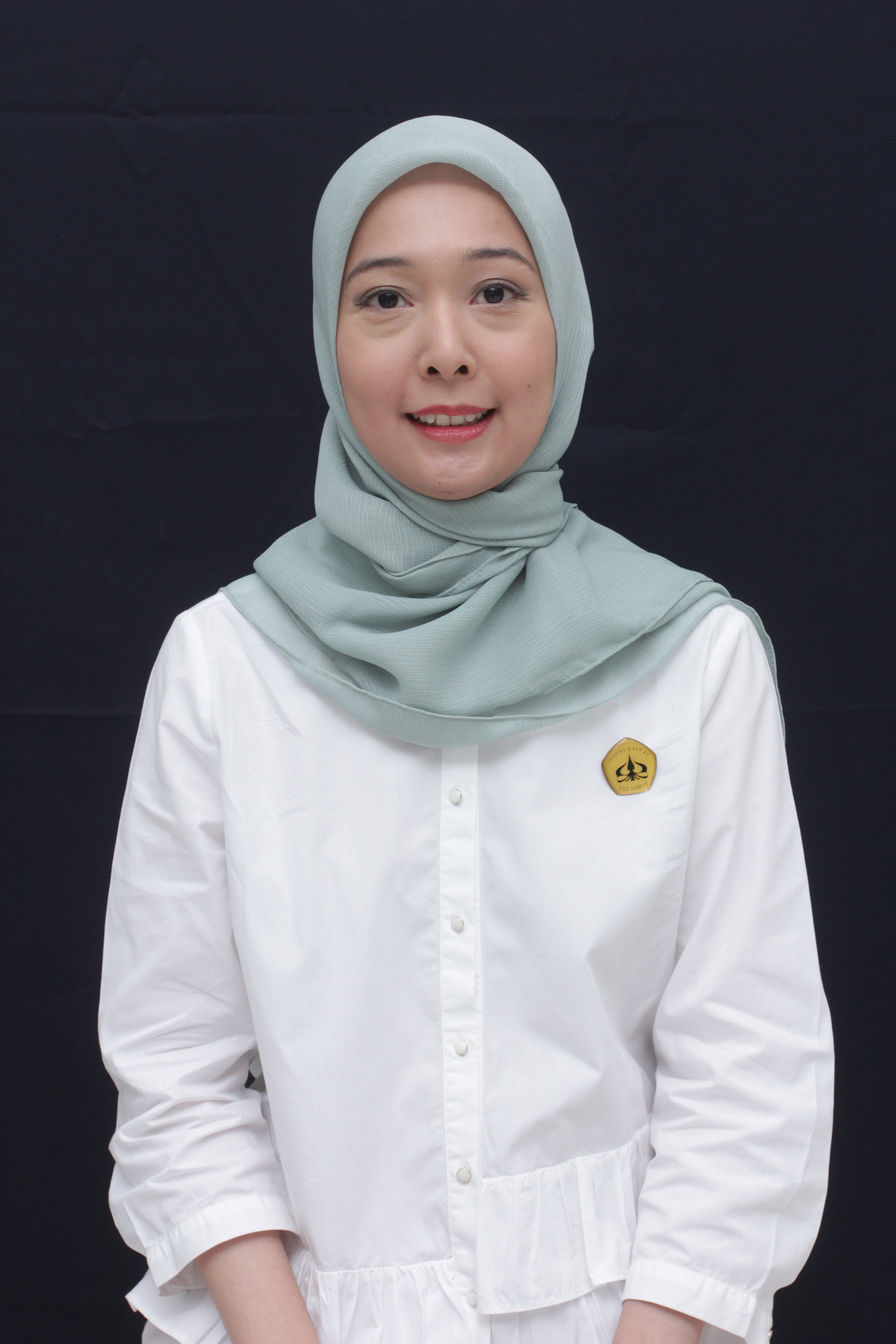
Internal nasal valve (INV) is widely discussed because it is believed to have a role in structural nasal obstruction. Caucasian has a rather acute angle of INV due to the known geometric of their nose. Whilst Asian generally has broader, thicker, and bigger anthropometric proportion of nose than Caucasian. Asia is vastly diverse in ethnicity, one can only assume that Asian INV may be differ in shape and larger in angles compare to Caucasian, due to the minimum publication addressing this issue. To report the anatomy of INV and its angle in obstructed Asian noses. A case control study was conducted. Forty cases of nasal obstruction and 80 controls without nasal obstruction. Both groups were evaluated using Nasal Obstruction Symptom Evaluation (NOSE) questionnaire, rigid nasal endoscopy and active anterior rhinomanometry (AAR). Anatomy and angle of INV was later measured using digital image analysis. Six basic INV shapes were seen throughout both groups, many has different shape combinations. Most commonly (more than 60%) observed shape in both groups were the occupied by nasal septal body (NSB). The right INV angle in case group was 15,5º ± 10,1º (p = 0,123) and left INV angle was 17,2º ± 9,0º (p = 0,022). In control group, the right INV angle was 19,6º ± 11,8º (p = 0,123) and left INV angle was 23,2º ± 12,5º (p = 0,022). It is shown that most common shape of Asian INV in both groups, is the occupancy by NSB. Internal nasal valve angle in obstructed nose is narrower in comparison to those without nasal obstruction. This study also demonstrates Asian, particularly Indonesian, has a wider angle than Caucasian.

Oleh :
Tiara Melati